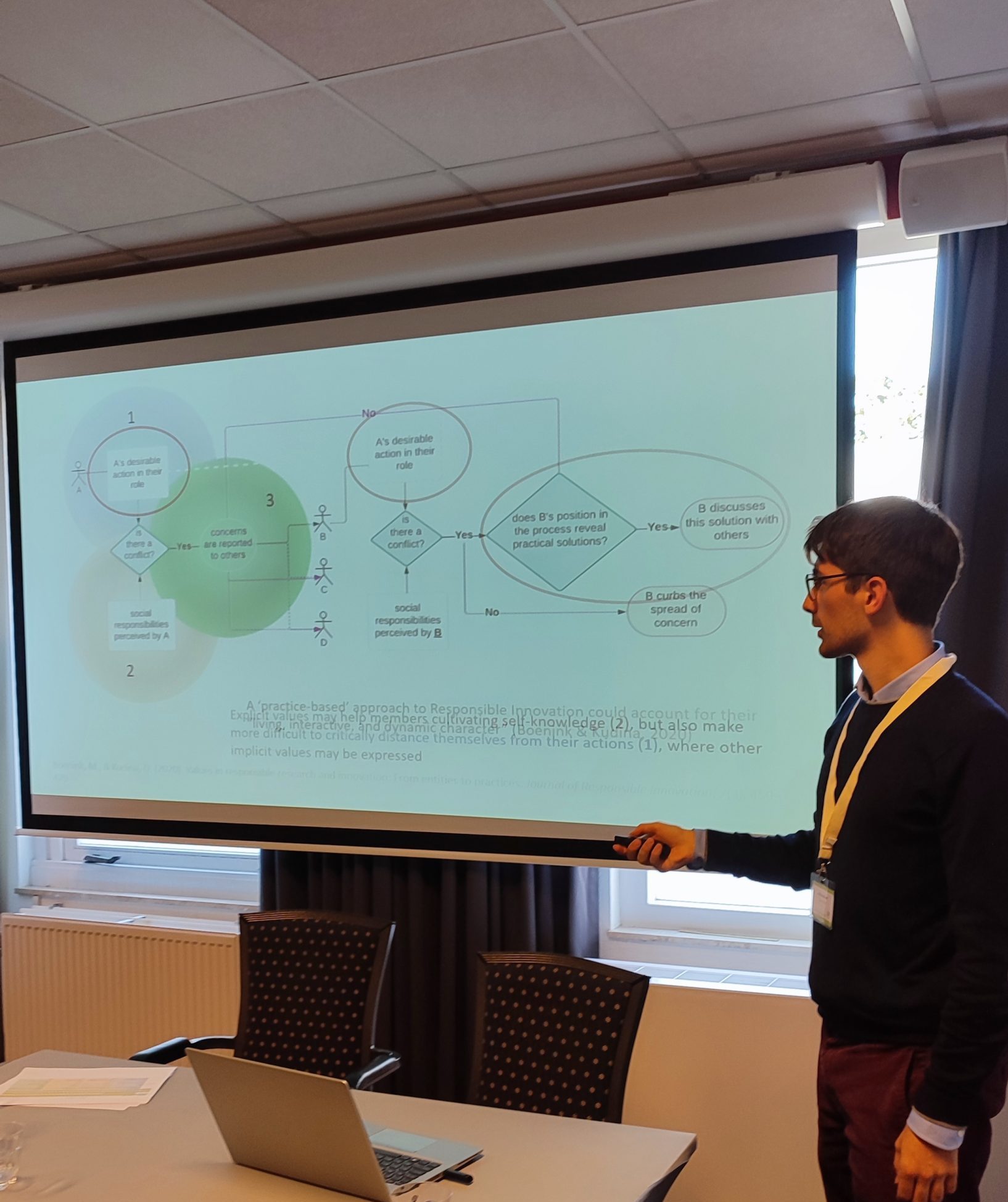At the recent EurSafe 2024 conference held in Ede, Netherlands, I had the exciting opportunity to present a concept I’ve been working on: how startups can cultivate the collective virtue of moral reflexivity. In particular, I introduced a diagram that outlines a novel approach to fostering this essential virtue within a dynamic, fast-paced startup environment. This topic is central to my research, which bridges Responsible Innovation with collective virtue ethics, focusing on how ethical considerations can become a natural part of the innovation process, especially in small and agile teams. Given that the theme of the conference revolves around ethics in food production and agricultural innovation, it was the perfect opportunity to showcase how moral reflexivity can be integrated into the development of Beefutures’ technologies, which aim to monitor and improve the health of honeybees and, through them, of the surrounding ecosystem.
In a startup, team members are often caught up in the rapid flow of product development, innovation, and market pressures. This makes it challenging to pause and reflect on the moral and ethical implications of their work. Yet, this is precisely where moral reflexivity becomes so important—it involves recognizing and questioning the values guiding one’s actions. Rather than individual ethical reflection alone, my focus is on how collective moral reflexivity can be integrated into a team’s culture, even when internal or external ethicists aren’t readily available to guide the process.
During the presentation, I emphasized that this collective moral reflexivity doesn’t need to be an overly abstract process, detached from the practical task of a working team. Instead, it can be initiated by individual team members sharing their personal ethical concerns with others. As these concerns are shared, the rest of the team either acknowledges potential conflicts or helps resolve them proposing practical solutions from their perspective on the development and production of technology. This process mimics swarm intelligence, where high-level decision-making emerges from the interaction of many specialized viewpoints. It’s about creating a culture where individuals feel empowered to bring their concerns to the group, without everyone needing to be an expert on every aspect of the innovation under development.
The diagram I presented visualizes this flow. It shows how individual moral concerns, when shared, can either be “curbed” if no conflict is detected, or be passed along to others for further reflection till someone finds a practical solution from the standpoint of their expertise and role. This creates a ripple effect, where individual reflections contribute to a collective moral reflexivity. In this way, this virtue can be cultivated as part of the everyday workflow, even in a fast-paced startup environment.
For those of you interested in diving deeper into this topic, I will be publishing a more detailed explanation of this diagram in an upcoming short article. I’ll break down each part of the model and discuss how it can be implemented in real-world teams, especially those working with emerging technologies. So, stay tuned for more on how we can nurture moral reflexivity and ensure that innovation remains not only responsible but truly aligned with the values we care about.
About the writer
Marco Innocenti is a researcher at Beefutures and a PhD candidate at the Panthéon-Sorbonne University and at the University of Milan, where he is part of “PhilTech – Research Center for the Philosophy of Technology”. He is a Visiting PhD candidate at the Philosophy Group at Wageningen University and Research (NL), among the world leaders in Agricultural and Environmental Sciences.
In his doctoral thesis in Ethics of Technology, he investigates how the possibilities opened up by AI-driven automation in beekeeping redefine the role and concept of ‘nature’ in Responsible Innovation. This reflection aims to indicate guidelines for ethical innovation in AgriTech R&D labs. In this series of articles, he summarizes his research for the interest of experts and enthusiasts in this field.



